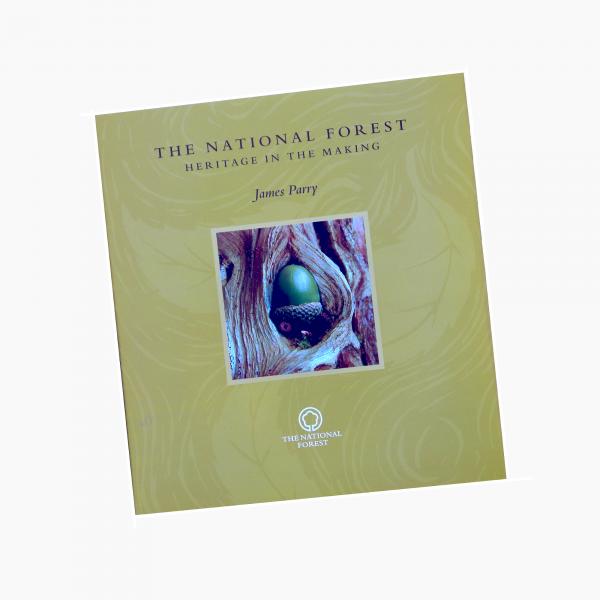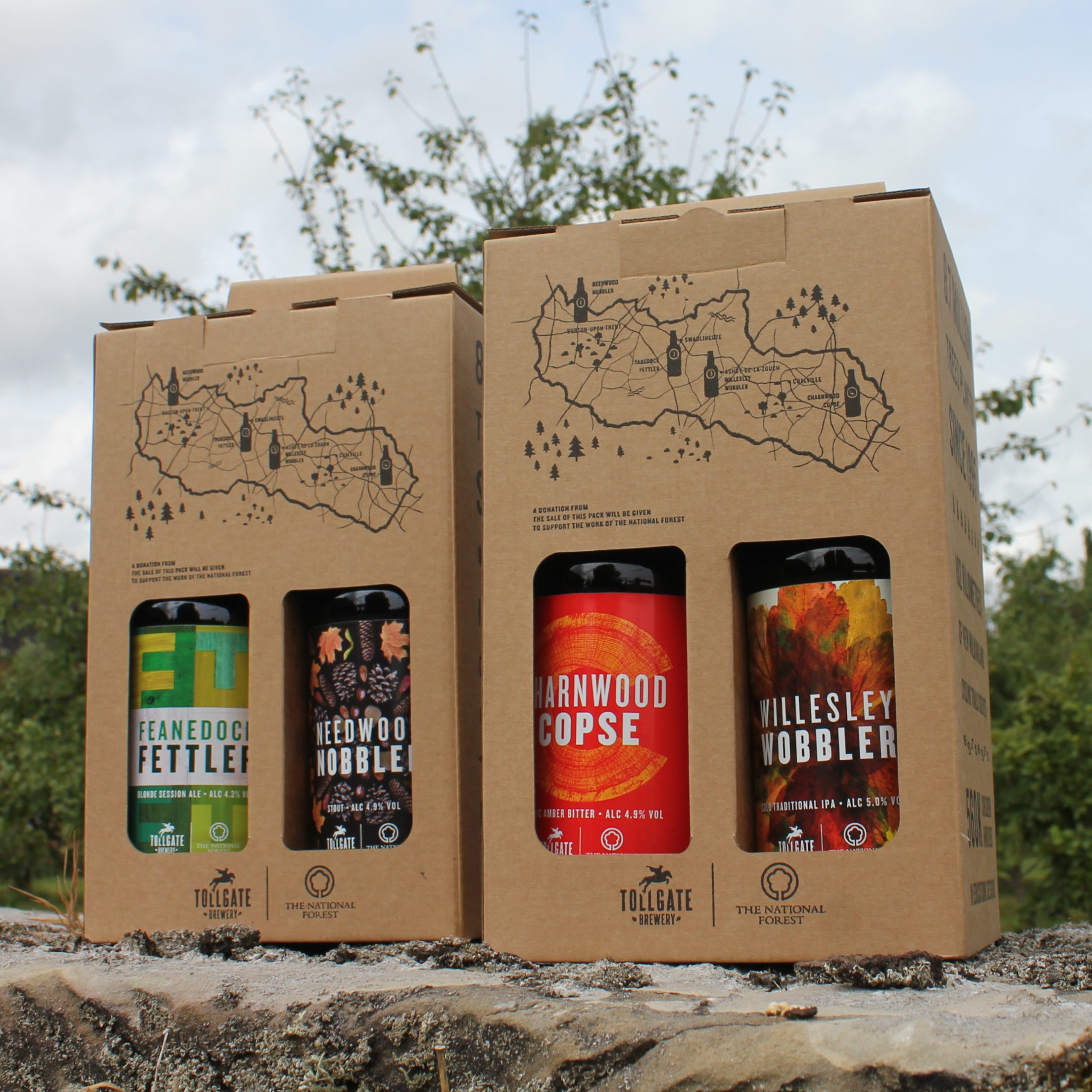The autumn equinox, known by some as Mabon, is when the ancient peoples would celebrate the second grain harvest of wheat and barley and give thanks for what they had managed to reap or gather at the end of the growing season. Festivities and feasting were the order of the day, the sharing of the brief period of abundance that Mother Earth and the labour of many hands had produced. Seasonal gifts of fruits, nuts, berries, mushrooms and roots would be offered to local deities and shared with the community. Games and contests of skill eventually became the ploughing matches, hedge-laying competitions and prize-giving for the best horticultural and domestic produce (the biggest marrow and the nicest jam) that are still held at this time of year.
The figure of John Barleycorn is celebrated in poem and song and, of course, consumption of grain-based alcohol! The origin of this mythical figure is disputed but it seems that, whatever guise he is in, he represents the spirit and life cycle of grain, planted or born in spring, grown healthy and strong during the summer, chopped down or slain in his prime, and then brewed or distilled into beer and whiskey so he can live once more.
It was believed that the spirit of the corn or grain lived amongst the crop, and therefore at harvest it no longer had a place to stay. And so, the straw dolly or corn dolly was woven from the last sheaf of the harvest, and then the corn spirit would spend the winter in this temporary home, until the corn dolly was ploughed into the first furrow of the new season.
There are many ways to join in this still familiar celebration and local organisations hold Harvest Festivals that are open to all. Ploughing matches are also a great spectacle to enjoy, full of harvest -time traditions. Or, you might have a go at making a corn dolly, toasting or reciting a poem about John Barleycorn, ‘scrumping’ for windfalls in the hedgerows, visiting an apple orchard or baking a fruit pie to share.
Summer is at an end and winter preparations are in full swing, storing up food for harder times, planning next year’s crop, planting seeds and moving trees. One particular tree that the ancient peoples associated with the autumn equinox is the blackthorn. This is because of the contrast between its tiny white fragrant flowers, which are abundant at the spring equinox, giving us miles and miles of snowy white hedges, and the dark, bitter purple sloe berries and the sharp black thorns that we find in the autumn. Reminding us about the balance of the light and shadow, the bitter and the sweet in our lives.
As we continue to move away from the excited, action-filled energy of the summer solstice, before we start to turn inwards towards the still, quiet, winter solstice energy, we reach the poise point of the Autumn Equinox and we can use this steady energy to help us to step aside and take a moment. To give consideration to areas of our lives where we may need to restore balance and harmony. To think about where there might be too much of one thing and too little of another. Too much bitter or too much sweet, too much work and not enough rest, too much giving and not enough receiving.
Our Earth’s natural cycle’s and rhythms can help to steady us and provide a rich resource to draw from, giving endless examples of how to flow beautifully through life with ease. Mother Earth knows and shows us how to keep in balance. Just as we start to turn towards the winter months, where everything in the earth is dying back to its roots, when we start to contemplate the long dark days, Mother Earth gives us her greatest bounty, providing all that we need to sustain us through the challenging times to come, brilliantly balancing the decline into winter with her amazing abundance.
Karen Jacks is a retired Occupational Therapist who has worked for the NHS for 35 years. After retiring in 2018 Karen found daily life a bit bewildering after losing the structure and rhythms that are imposed on life by working full time and having a family. She says ‘I started to look towards the more natural cycles of life, like the phases of the moon and the pattern of the seasons and that led me via lots of routes to the idea of wheel of the year, which divides the earths annual cycle into eight divisions. I have found a beautiful connection, between the wisdom and beliefs of the old ways, which are grounded in living observations of the Earth’s natural cycles, to the changes in thoughts, emotions and energy levels I experience throughout the year. It has been hugely enlightening and reassuring, in an era when everything is online and changes happen so fast, the Earths rhythms and cycles are basically the same now as they ever were’.
Karen lives in Nottinghamshire with her husband and has two grown up children. She has just started to teach Tai Ji after long years of practice and her favourite place in the world is Beresford Dale in the Peak District.
Do you have a story or experience you would like to share? From poetry to personal stories, we would love to hear from you and your experiences of nature and the National Forest. Email us at stories@nationalforest.org












